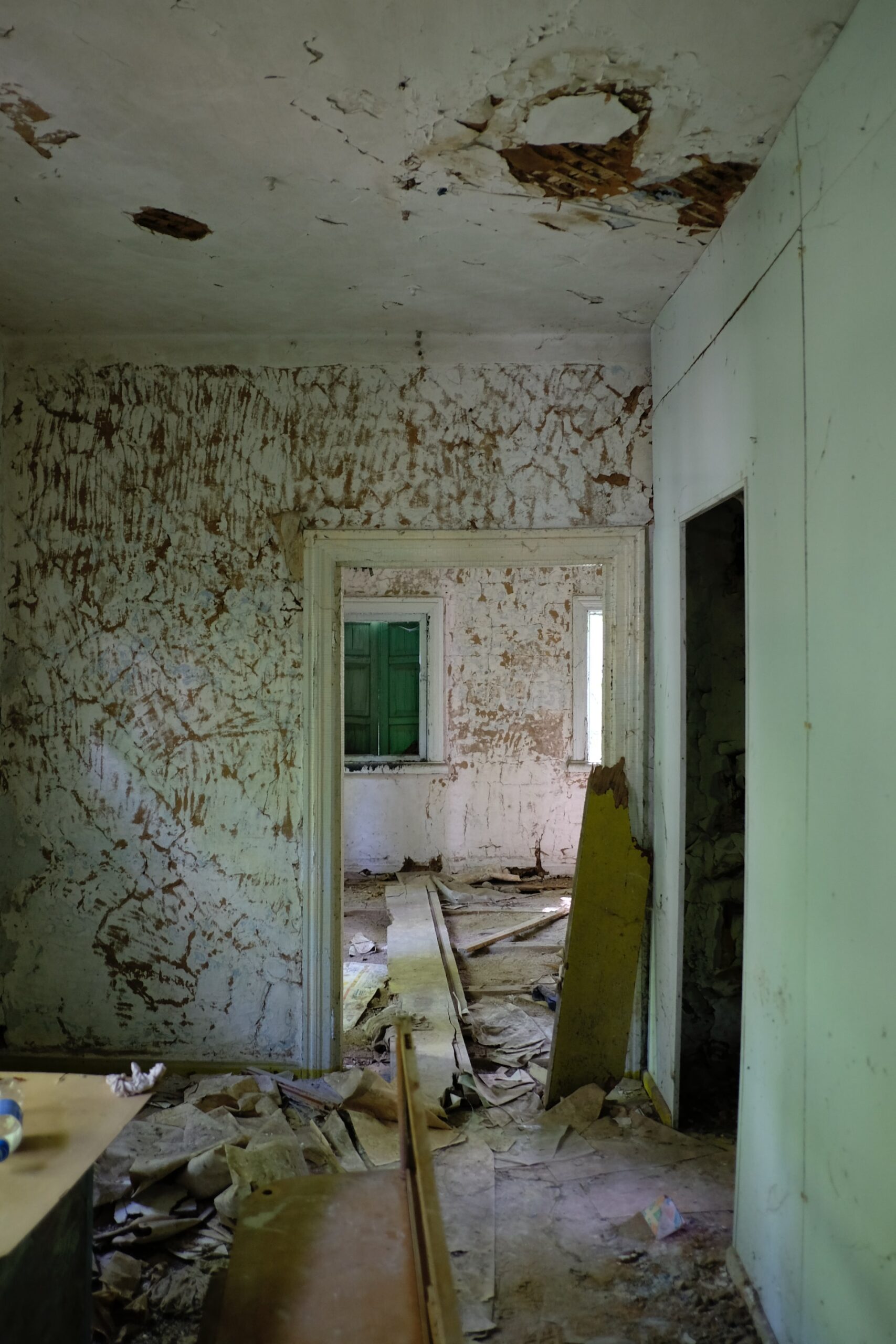Building a home from the ground up is an arduous process that requires much sweat, blood, and tears.
Therefore, it’s essential to construct it robustly to prevent it from falling.
Strong winds, earthquakes, or any other natural disaster might inflict damage on your beloved home due to the unpredictable trends in climate change.
The best way to deal with any adversity is to be prepared for it by taking precautions to avoid them and by surrounding yourself with reliable resources.
The following are precautions to take and methods to avoid a building collapse:
1. The Base Needs To Be Inspected
In order to ensure the stability of the structure, it is crucial to examine the foundation.
There needs to be a thorough investigation of the soil in the area before any construction can begin.
It can be challenging to lay a solid foundation in a swampy area.
Particular attention must be paid to the base when this occurs. A sturdy structure that can withstand any force begins with a firm base.
2. Construct Buildings That Can Withstand Earthquakes
The building will remain standing during an earthquake only if we construct sturdy foundations.
The key to constructing a sturdy and reliable structure is careful planning in advance.
More ductile buildings and, therefore, more earthquake-resistant should be planned for beforehand.
3. Keeping Major Changes at Bay
Any renovations that could weaken the building’s foundation should be avoided.
The damage caused by slamming against the apartment’s wall in an attempt to make interior changes and instead smashing the beam that holds the structure together is substantial.
To ensure that your renovations won’t compromise the building’s integrity, take a step back and examine the structure from every angle.
4. Keep In Mind the Rules of the Construction Zone
The site must be inspected thoroughly before construction can begin. Investigate the soil and land for their quality. Often the land is located in a swampy area, making it unsuitable for building.
5. Seek the Advice of a Licensed Architect
Employing an architect who meets both of these criteria is essential before beginning construction on a structure.
It is recommended that you seek the counsel of an experienced architect who can offer sound advice.
They will have expert knowledge of the building and will be able to advise you on the best course of action to take.
6. Contact a Qualified Structural Engineer for Assistance
Find a qualified structural engineer to oversee the project before construction begins.
In order to construct a sturdy structure that can withstand any climate, it is best to seek the advice of a skilled structural engineer.
Their plans will be well thought out and detailed, serving as a road map for the entire construction process.
7. Assess the Soil’s Condition
You must evaluate soil quality before laying construction foundations. This will give your insight into the appropriate treatment to ensure the building has a solid base and doesn’t topple over.
8. The Importance of Choosing the Appropriate Insurance Plan
The desire of every person is to one day construct a lovely home.
However, doubts also hover over the perfect home you’ve been envisioning.
If something untoward happened to your home, you could file a claim if you had the proper homeowners insurance.
Conclusion
The construction of your dream home could take a few months to several years.
There are several measures you may take to ensure the building’s longevity.
It is essential to put in a lot of thought before breaking ground on the house.
Assuming the building’s foundation is solid, it should be able to survive rather severe impacts.
See to it that the structure can withstand an earthquake.
The homes of Japan are exemplary instances of robust construction, withstanding earthquakes and other natural disasters with little to no damage.
By following their blueprint, we should be able to create a building that can withstand significant shaking without suffering damage.
In the long term, it’s beneficial to hire skilled architects and structural engineers.
Verify that the renovations inside the home are not weakening the framework.
We can anticipate the kinds of safety measures to ensure the building’s stability if we do a site inspection beforehand.
